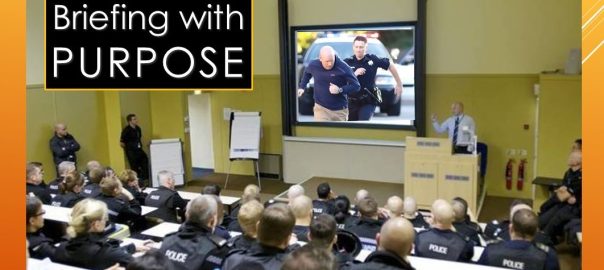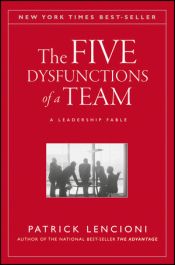What is accountability? Take a brief moment to ask yourself what this word truly means to you. Can you define it? Put it into words? Does it involve other people or just yourself?
What is leadership accountability? Once you take on a leadership role, does the definition of accountability change? If so, how does it change? Does it involve other people or just yourself?
These are questions leaders need to consider and have a grasp upon for themselves. Over the next few Thin Blue Line of Leadership blogs, I am going to attempt to answer these questions on accountability and leadership accountability.
From this point forward in the blog, I am going to write in the first-person because I am a leader, too. A leader that has made leadership mistakes, struggled with my own accountability, and asked myself questions about how to appropriately hold other people accountable. When writing or speaking about accountability, it is too easy to hear the pronoun “you” as a challenge or an attack. So, as you read this blog further, please personalize this information for the benefit of yourself and your specific situation.

Accountability in this diagram is represented by the green rectangle filling the void between expectations and performance. Here is how I define accountability – Accountability is the actions, attitude, and effort necessary to merge expectations with performance.
Why actions, attitude, and effort? Because in life, the only things I truly have control over are my actions, my attitude, and my effort. Those three things are the building blocks I have to work with for solving any problem I may face; including problems related to accountability. My actions, my attitude, and my effort are not only the lens through which I react to my perceptions of my world, but also serve as the ammunition with which I have to influence the world around me.
There are two types of accountability to consider before moving on: internal and external. Internal accountability is when I control or support the expectation and I also control the related performance of the a situation or circumstance. One example of an internal accountability issue would be body weight. If I have an expectation that my goal weight should be 200 pounds, then it is only through my performance, control of my actions, attitude, and effort, that I have any real chance of meeting that expectation.

External accountability is when I control or support the expectation, but the performance is controlled by another person. Specifically, it is controlled by their actions, attitude, and effort. For example, if my police department has an expectation that officers should always wear their seatbelt when driving in their patrol vehicle, then that would be an expectation that I must support through my actions, attitude, and effort. However, in carrying out the performance associated with this expectation, it will be the officers’ actions, attitude, and effort that will determine if performance meets expectations. The difference in between and closing that gap is where leadership accountability comes into play.
It has often been my failure, or maybe reluctance at times, to recognize who controls expectations and who controls performance that has led to my worst leadership decisions. Whether it was setting unrealistic expectations, expectations that did not challenge, or failing to take into account who really controls the performance of an expectation; all of these can cause a leadership accountability failure. Ultimately, when speaking on accountability, it is the responsibility of the leader to recognize what they control versus that which they influence.
Over the next few weeks, Thin Blue Line of Leadership will continue to explore the topic of leadership accountability and attempt to answer this question – Why does leadership accountability seem so simple on its face, but often times is incredibly challenging to put into practice?
Questions to ponder . . .
- Do we really control our actions, attitude, and effort? At all times? What gets in the way?
- What is the difference for a leader between control and influence? Which lasts longer?
- What are a leader’s options for merging expectations with performance?
The mission at Thin Blue Line of Leadership is to inspire law enforcement supervisors to be the best leaders they can be by providing positive leadership tactics and ideas. Positive leadership and creating a positive squad culture are on-going commitments that must be nurtured and developed over time. Thin Blue Line of Leadership is here to help.
Please do not hesitate to contact us if you have ideas to share or suggestions for improvement. Your thoughts or comments on this blog are always appreciated either below or on our Facebook page. You can also follow us on Twitter at @tbl_leadership.
Continue saving the world one call at a time and as always, LEAD ON!




















